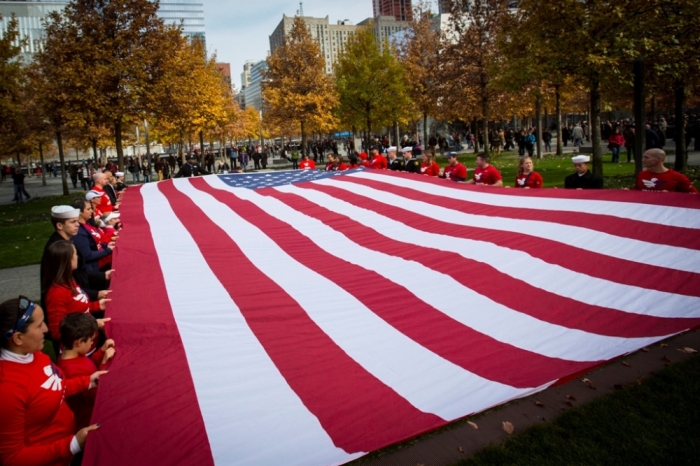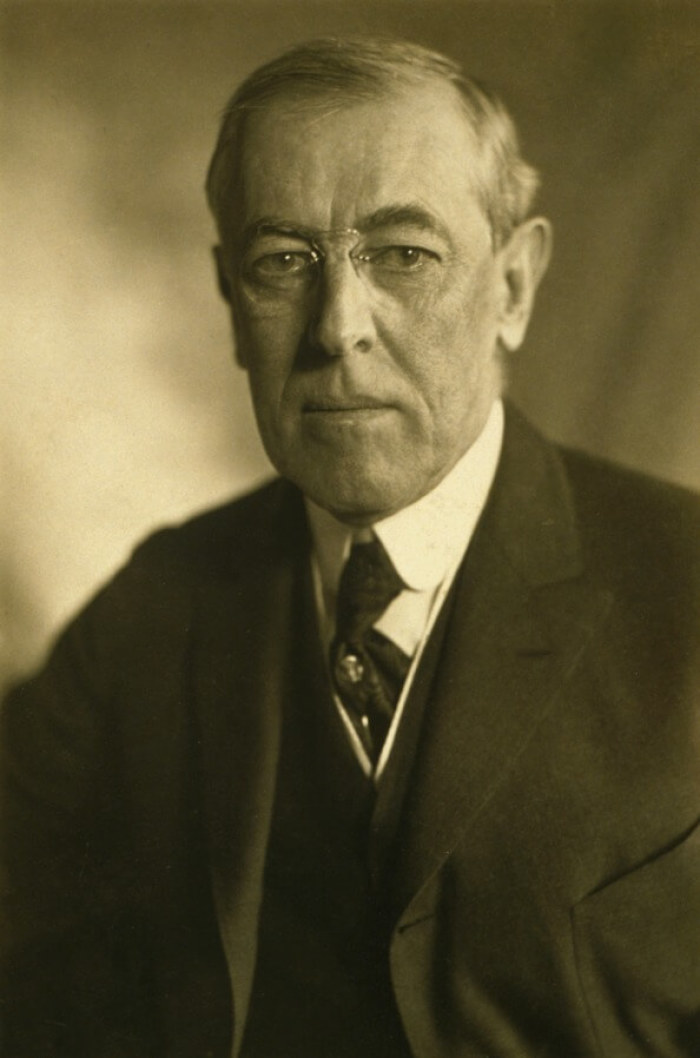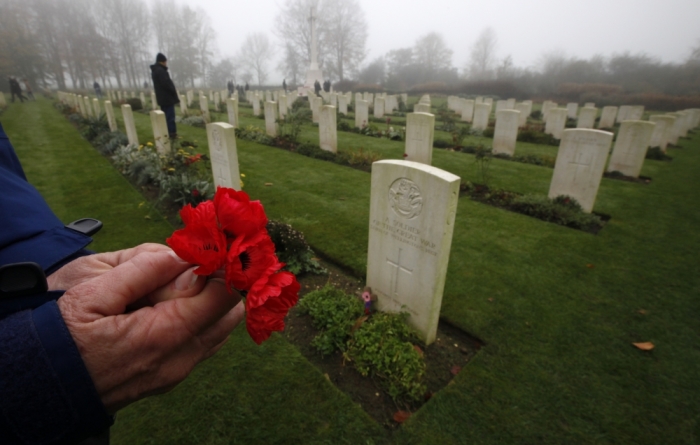5 Interesting Facts About Veterans Day
On the Nov. 11 every year Americans observe Veterans Day, a federal holiday that honors the millions of men and women who have served in the U.S. armed forces.

While Memorial Day is set aside to remember those who fought and died, Veterans Day is meant to honor all who served, be it in times of war or peace.
Below in no specific order are five interesting facts about the holiday, including its origins and some of the practices connected to it.
1. World War I origins

Veterans Day was first known as "Armistice Day" and was created specifically to honor the Americans who served during World War I (1914-1918).
Its name derived from the anniversary of the armistice that led to the end of the war, which took effect on the 11th hour of the 11th day of the 11th month in 1918.
President Woodrow Wilson issued a proclamation declaring Nov. 11, 1919, as Armistice Day, marking one year after the ceasefire.
"To us in America, the reflections of Armistice Day will be filled with solemn pride in the heroism of those who died in the country's service and with gratitude for the victory, both because of the thing from which it has freed us and because of the opportunity it has given America to show her sympathy with peace and justice in the councils of the nations," said Wilson.
Despite the proclamation, it was not until 1938 that Armistice Day became a federal holiday and in 1954 its focus was expanded to include veterans of all wars, not just World War I.
2. No apostrophe

Veterans Day can sometimes be a confusing name to write down, as many people place an apostrophe either between the "n" and the "s" or after the "s."
These errors are understandable as some view the day as specifically belonging to those who have served in the armed forces of the United States.
However, according to the Department of Veterans Affairs (also lacking an apostrophe), there is not supposed to be an apostrophe and for good reason.
"Veterans Day does not include an apostrophe but does include an 's' at the end of 'veterans' because it is not a day that 'belongs' to veterans, it is a day for honoring all veterans," explained the VA.
3. Once observed in October

Veterans Day is known for being observed on Nov. 11 of every year, with this being the case when it was first made a holiday and in the present time.
However, the observance was temporarily placed in October in a bill passed in 1968 as part of an effort to increase the number of three-day weekends.
Known as the Uniform Holidays Bill, the measure was passed and from 1971 until 1978, the official federal holiday of Veterans Day was observed on the fourth Monday of October.
"The first Veterans Day under the new law was Monday, Oct. 25, 1971; confusion ensued, as many states disapproved of this change, and continued to observe the holiday on its original date," noted History.
"In 1975, after it became evident that the actual date of Veterans Day carried historical and patriotic significance to many Americans, President Gerald R. Ford signed a new law returning the observation of Veterans Day to Nov. 11 beginning in 1978."
4. Wearing red poppies

While the commonly known ways Veterans Day is celebrated include parades, retail sales, and proclamations, one lesser-known way is to wear a red poppy flower.
Originating back with the first Armistice Day observance, it was common practice for people remembering those who served in World War I to wear a red poppy, symbolizing sacrifice.
"The poppy's significance to today's observance is a result of Canadian military physician John McCrae's poem In Flanders Fields," noted the blog Enature.
"The poppy emblem was chosen because of the poppies that bloomed across some of the worst battlefields of Flanders in World War I. And their red color seemed an appropriate symbol for the bloodshed of trench warfare."
Veterans groups are known to still distribute poppies for the observance, with some opting to wear white instead to symbolize the hope for peace.
5. Similar holidays abroad

The U.S. was not the only country to create a day of remembrance for those who served in World War I that fell around the anniversary of the November armistice.
"Britain, France, Australia and Canada also commemorate the veterans of World Wars I and II on or near Nov. 11: Canada has Remembrance Day, while Britain has Remembrance Sunday (the second Sunday of November)," explained History.
"In Europe, Britain and the Commonwealth countries it is common to observe 2 minutes of silence at 11 a.m. every Nov. 11."
These other remembrance days share certain similarities with Veterans Day, with some also having red poppies as a tradition and also eventually broadening their holiday to include all servicemen, not just those who fought in World War I.
"In Great Britain, the day is commemorated by church services and parades of ex-service members in Whitehall, a wide ceremonial avenue leading from London's Parliament Square to Trafalgar Square," noted the VA.
"Wreaths of poppies are left at the Cenotaph, a war memorial in Whitehall, which was built after the First World War."





























